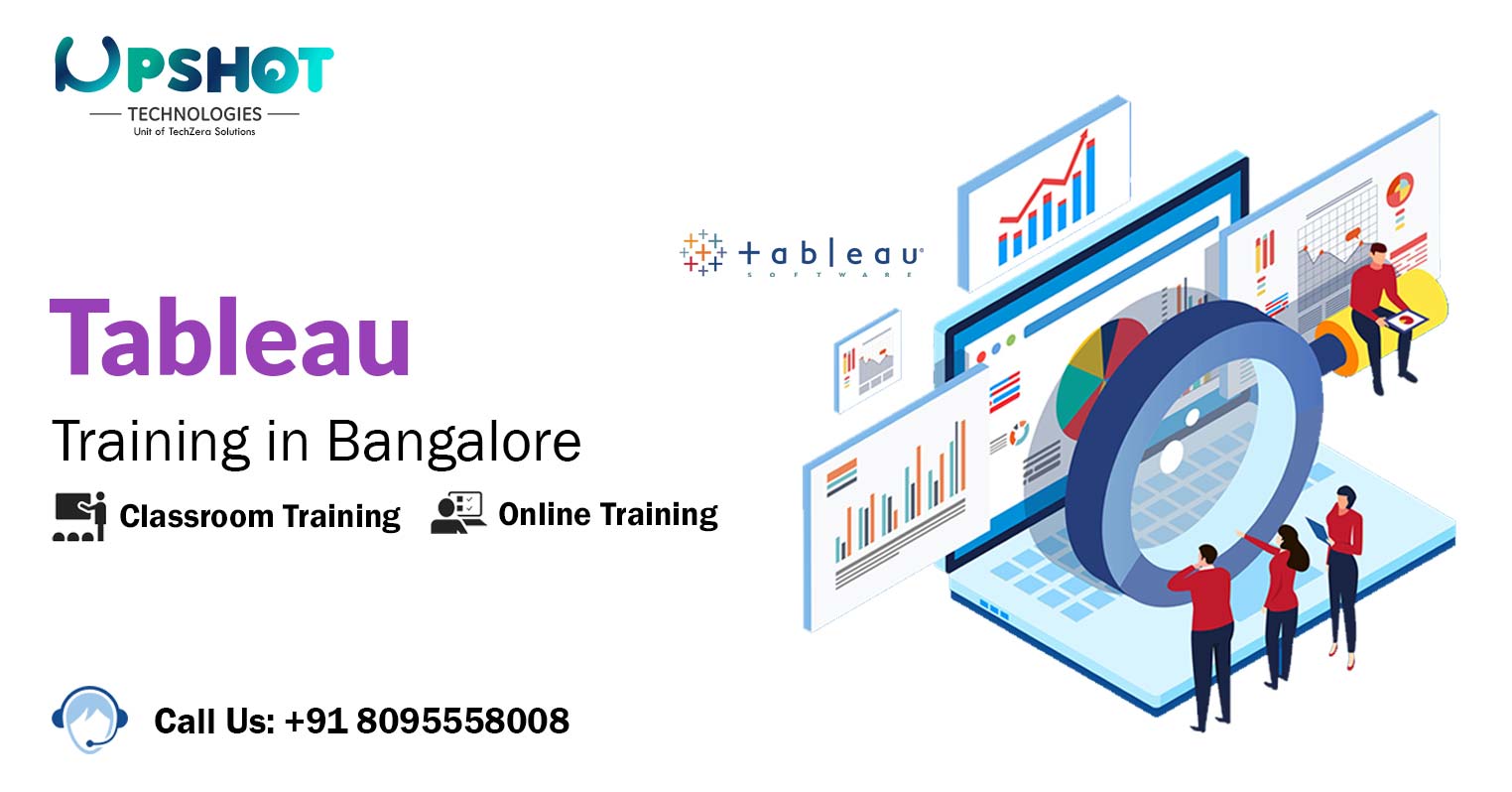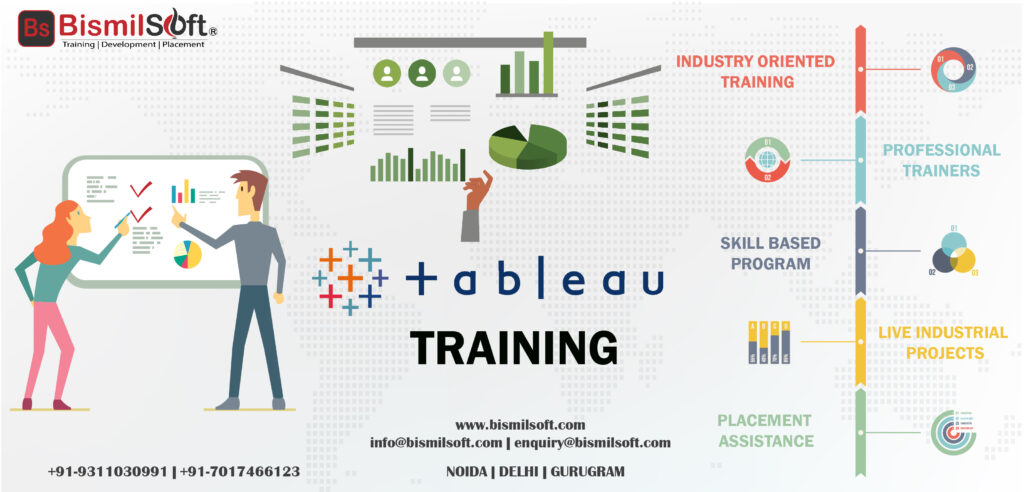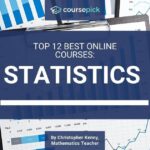Do you ever stare at a spreadsheet, a tangled web of numbers and text, feeling like you’re trying to decipher an ancient, forgotten language? That was me, not so long ago. My head would spin, my eyes would glaze over, and the "insights" everyone talked about seemed perpetually hidden behind a digital wall of overwhelming information. I knew data held power, real power to make better decisions, but extracting it felt like trying to catch smoke.
Then, I heard whispers of Tableau. A magical tool, they said, that could turn those dreary numbers into vibrant, understandable stories. My initial reaction? Skepticism mixed with a healthy dose of "I could never do that." But the nagging feeling that I was missing out, that my career and my understanding of the world were being held back by my data phobia, finally pushed me to take a leap. I decided to enroll in a Tableau course. And let me tell you, it was one of the best decisions I’ve ever made.
The "Before": A World of Spreadsheets and Sighs
Before my Tableau course, my data life was… messy. Picture this: rows upon rows of figures, VLOOKUPs that sometimes worked, pivot tables that always felt clunky, and charts that looked like they were designed in the early 90s. I’d spend hours, hours, trying to manually pull out trends, only to present them in a way that left my audience just as confused as I was when I started.
I knew there had to be a better way. I saw colleagues and online examples of beautiful, interactive dashboards that seemed to practically sing with insights. They made complex information look so simple, so intuitive. I wanted that. I needed that. But the thought of learning a whole new piece of software, especially one with "Business Intelligence" in its description, felt daunting. Would it be too technical? Would I just get lost in a sea of new jargon?
Taking the Plunge: Finding My Way to a Tableau Course
After much internal debate (and a bit of online research), I settled on an online Tableau course that promised to start from the absolute basics. What drew me in was the instructor’s friendly tone in the preview videos and the focus on hands-on exercises. I didn’t want to just listen; I wanted to do.
The first few modules were exactly what I needed. The instructor didn’t just show us what buttons to click; they explained why. Why we connect data this way, why we choose this type of chart over another, why certain visualizations are more effective for specific stories. It was like having a patient, knowledgeable friend guiding me through a new world.
My biggest fear – that it would be overwhelmingly technical – quickly evaporated. Tableau, at its core, is surprisingly intuitive. It’s built for visual thinkers, for people who want to see patterns, not just calculate them.
The "Aha!" Moments: When Data Started to Speak
I remember my first "aha!" moment vividly. We were working with a dataset of sales figures, and I was tasked with showing regional performance. In my old spreadsheet world, this would have involved sorting, filtering, and manually creating several small charts. But with Tableau, it was almost magical.
I dragged the "Region" field onto the canvas, then the "Sales" field. Instantly, a bar chart appeared, neatly showing each region’s contribution. Then, with another drag, I could turn it into a map, coloring each region based on its sales volume. The difference was staggering. I wasn’t just looking at numbers; I was seeing where sales were strong and where they needed attention.
It wasn’t just about making pretty charts, though. The course taught me to think about data differently. It taught me:
- Connecting Data with Ease: No more fiddling with complicated imports. Tableau makes connecting to various data sources (Excel, databases, cloud platforms) surprisingly straightforward.
- The Power of Drag and Drop: This is where the magic truly happens. Want to see sales by product category? Drag ‘Product Category’ to columns, ‘Sales’ to rows. Tableau intelligently suggests the best visualization. Want to filter by date? Drag ‘Date’ to the filter shelf. It’s like building with digital LEGOs, but for data.
- Choosing the Right Visualization: The course wasn’t just about how to make charts, but which charts to make. When should you use a bar chart versus a line graph? When is a treemap more effective than a pie chart? This guidance was invaluable for crafting clear messages.
- Building Interactive Dashboards: This was the game-changer. Learning to combine multiple charts and tables into a single, dynamic view where users could filter and explore the data themselves was incredibly empowering. My presentations went from static snapshots to engaging conversations.
- Telling a Story with Data: Perhaps the most profound lesson was understanding that data visualization isn’t just about displaying numbers; it’s about telling a compelling story. Each chart, each dashboard, should guide the viewer to an insight, answer a question, or spark further curiosity.
The "After": Confidence, Clarity, and Career Growth
Completing that Tableau course felt like gaining a superpower. The spreadsheets that once filled me with dread now looked like playgrounds of potential. I could dive in, connect the data, and within minutes, uncover patterns and insights that would have taken me hours, if not days, before.
My professional landscape shifted. I started volunteering for data analysis tasks at work, tasks I previously avoided. My presentations became more impactful, more persuasive, because I could back up my points with clear, visual evidence. People actually understood what I was talking about!
Beyond work, I started using Tableau for personal projects. Tracking my fitness goals, analyzing my spending, even exploring public datasets about local trends. It wasn’t just a work tool; it became a way of seeing and understanding the world around me with greater clarity.
Why You Should Consider a Tableau Course Too
If my story resonates with you, if you’re tired of feeling overwhelmed by data and want to unlock its potential, a Tableau course might be your next best step. Here’s why I wholeheartedly recommend it:
- Empowerment: You’ll gain the skills to independently explore data and find answers. No more waiting for someone else to pull the reports.
- Career Growth: Data literacy is no longer a niche skill; it’s essential. Mastering Tableau makes you a more valuable asset in almost any industry.
- Clarity: Transform messy data into beautiful, easy-to-understand visualizations. Make sense of complex information in an instant.
- Efficiency: Automate your reporting and analysis. Spend less time wrestling with data and more time acting on insights.
- Data Storytelling: Learn to communicate your findings in a compelling, memorable way that resonates with your audience.
What to Look for in a Great Tableau Course
Based on my experience, here are a few things to consider when choosing your own Tableau journey:
- Hands-on Practice: Look for courses with plenty of practical exercises, projects, and real-world datasets. Learning by doing is key.
- Clear Explanations: The instructor should break down complex concepts into simple, understandable language, without getting bogged down in jargon.
- Step-by-Step Guidance: A good course will build your knowledge gradually, starting with the basics and progressing to more advanced topics.
- Instructor Support/Community: Access to an instructor or a community forum for questions and discussions can make a huge difference when you get stuck.
- Up-to-Date Content: Tableau evolves, so ensure the course material reflects the latest versions and features.
Take That Leap!
My journey through a Tableau course was more than just learning a new software; it was a transformation. It turned my data dreads into dashboard dreams, giving me the tools to not only understand data but to truly harness its power.
If you’re standing at the edge, wondering if you can do it, let me tell you: you absolutely can. With the right guidance and a willingness to learn, you’ll be building stunning, insightful dashboards faster than you ever imagined. Don’t let data remain a mystery. Take that leap, enroll in a Tableau course, and start telling your own powerful data stories. Your future self (and your boss!) will thank you for it.



